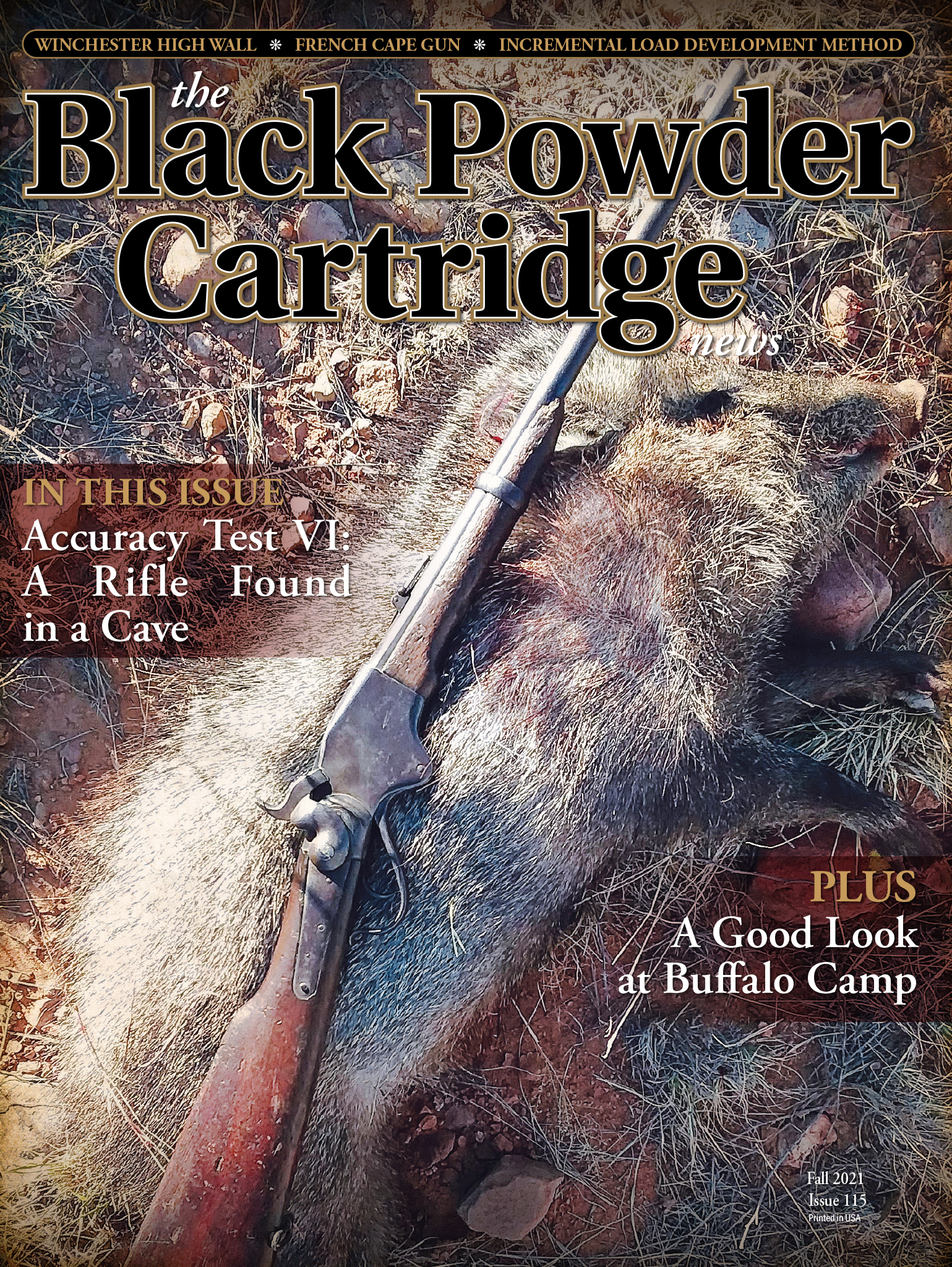A Special Order Winchester High Wall
feature By: Tom Oppel | August, 21
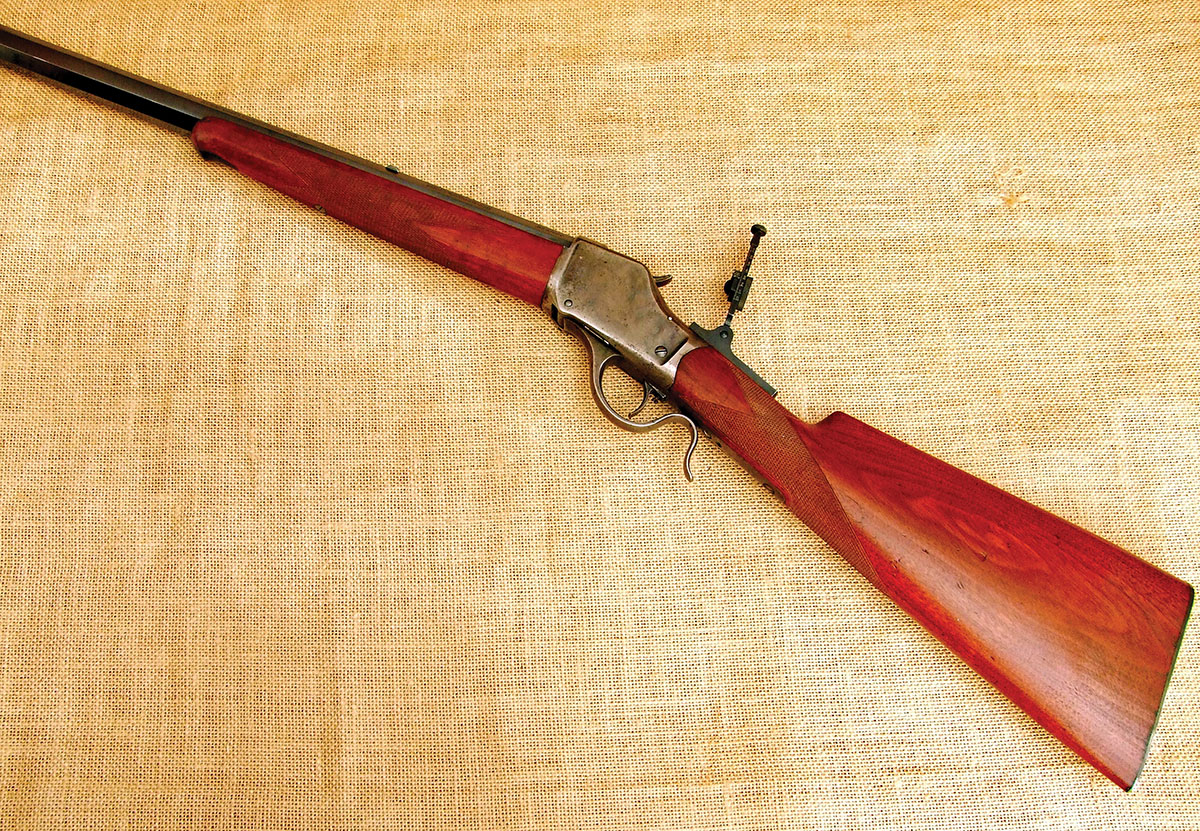
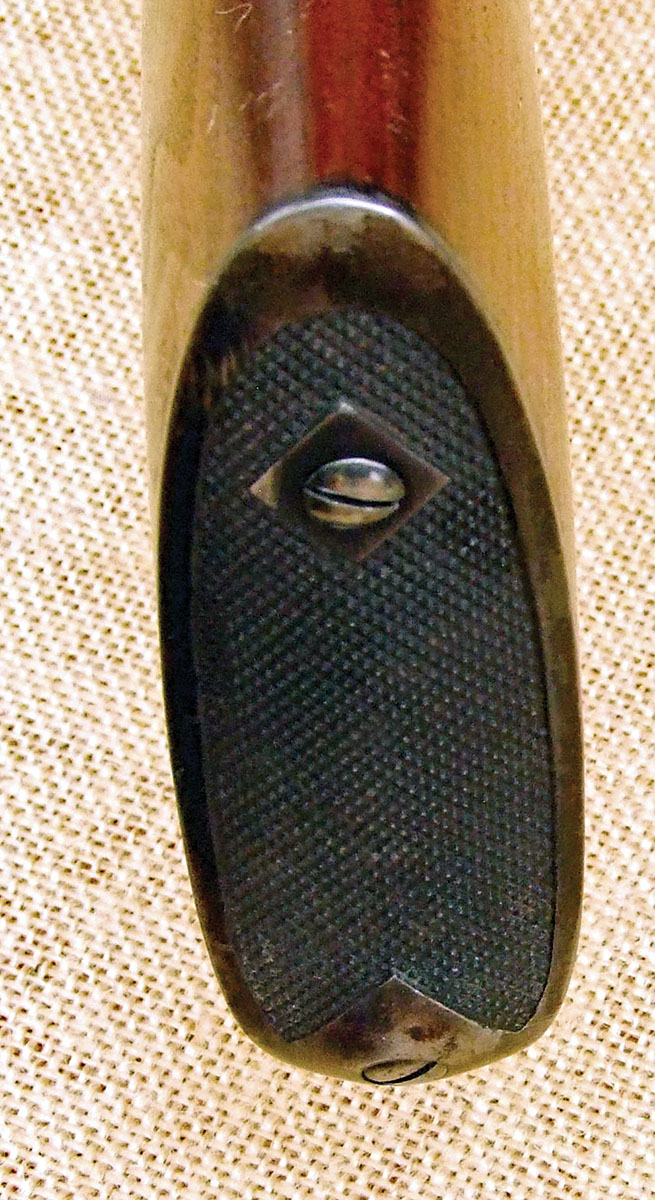
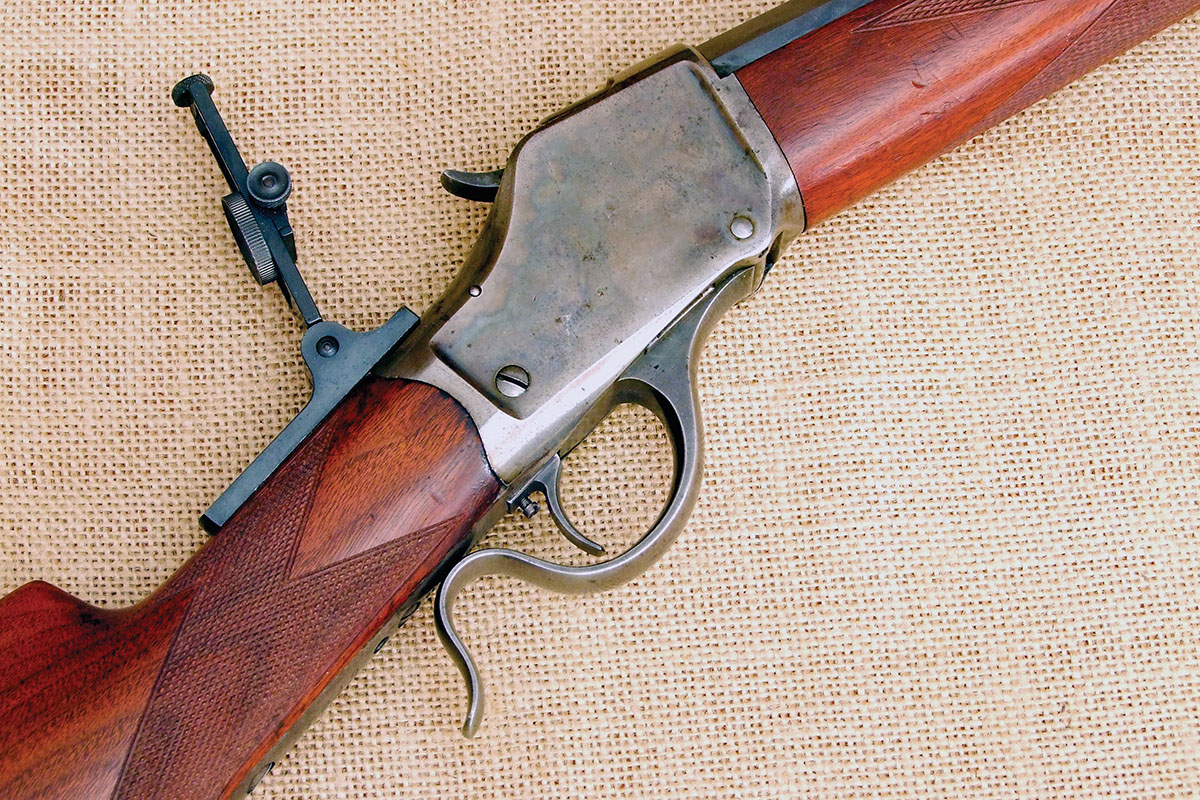
Now that I had the dollars to spend, I had the hots for a .30-40 High Wall and was desperate to find one. There are not many out there for sale, especially at the price the rifle I had missed sold for. Fortune was with me at this time, however, when a beautiful specimen emerged on Guns International’s website, my favorite place to shop for high-end shotguns and rifles. This rifle was well described via extensive text in the ad – a somewhat unusual occurrence. I contacted the owner and after some dickering, I bought it. It is the most expensive Model 1885 rifle in my collection and also is in the most pristine, “as original” condition.
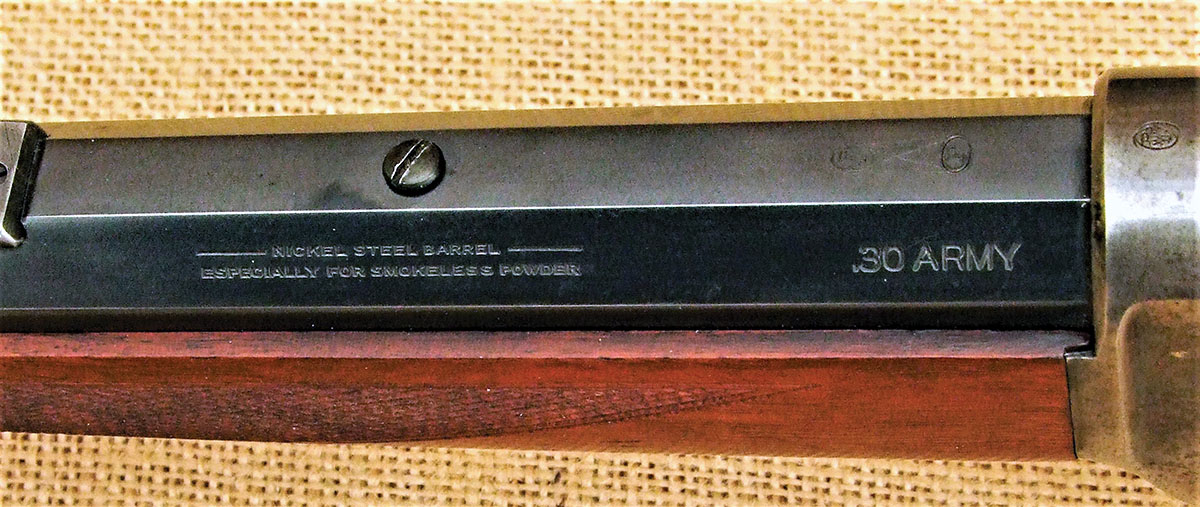
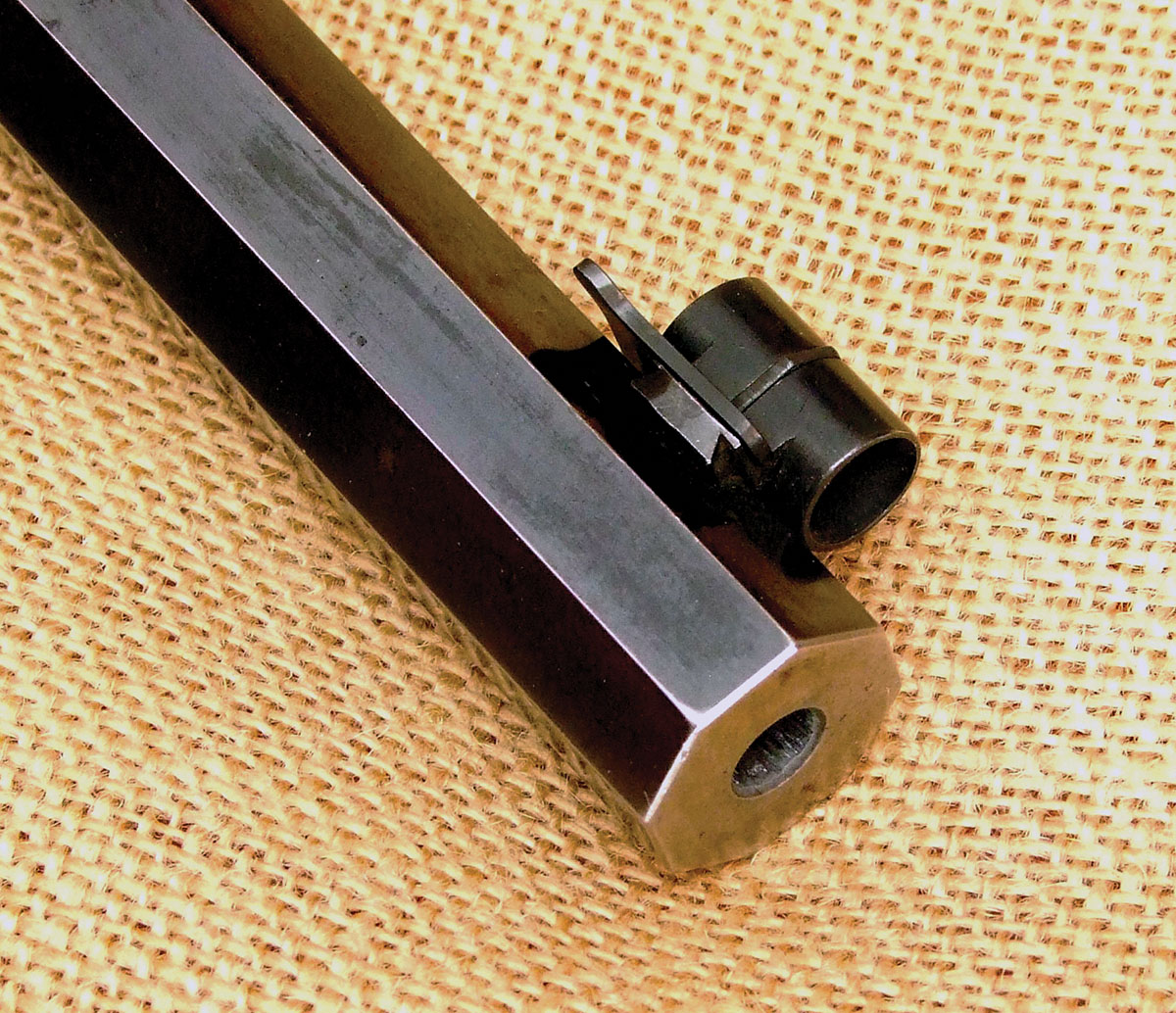
Somewhere in its history, the rifle was rebarreled with a factory Winchester octagonal barrel chambered in .30-40 Government caliber, a No. 3 weight configuration and 30 inches long. This is a “nickel steel” barrel, which was the material Winchester used for more modern high-pressure smokeless cartridges like the .30-40. The words “nickel steel” are stamped on the side of the barrel and all .30-40 High Walls I have ever seen have nickel steel barrels. What’s unusual about this barrel is that it is in the octagonal configuration. All the .30-40 Model 1885s I have seen for sale, both on the internet and at gun shows, have round, nickel steel barrels. The rifle mentioned above that I initially wanted also had a round barrel.
Overall, the rifle is in excellent condition with few stock dings, the barrel bluing is hardly worn, the color case hardening, though faint, exists to some extent, and there is absolutely no sign of rust anywhere. The bore is pristine. It weighs 9 pounds 10 ounces, which is just about perfect for offhand shooting.
One of the positive appurtenances I got with the purchase of this rifle was an excellent set of sights. The front sight appears to be an original Winchester “globe” with replaceable inserts. The insert that came with the rifle is a fine bead, which would not be my first choice, but a good one nevertheless. I would prefer an aperture-style sight insert.
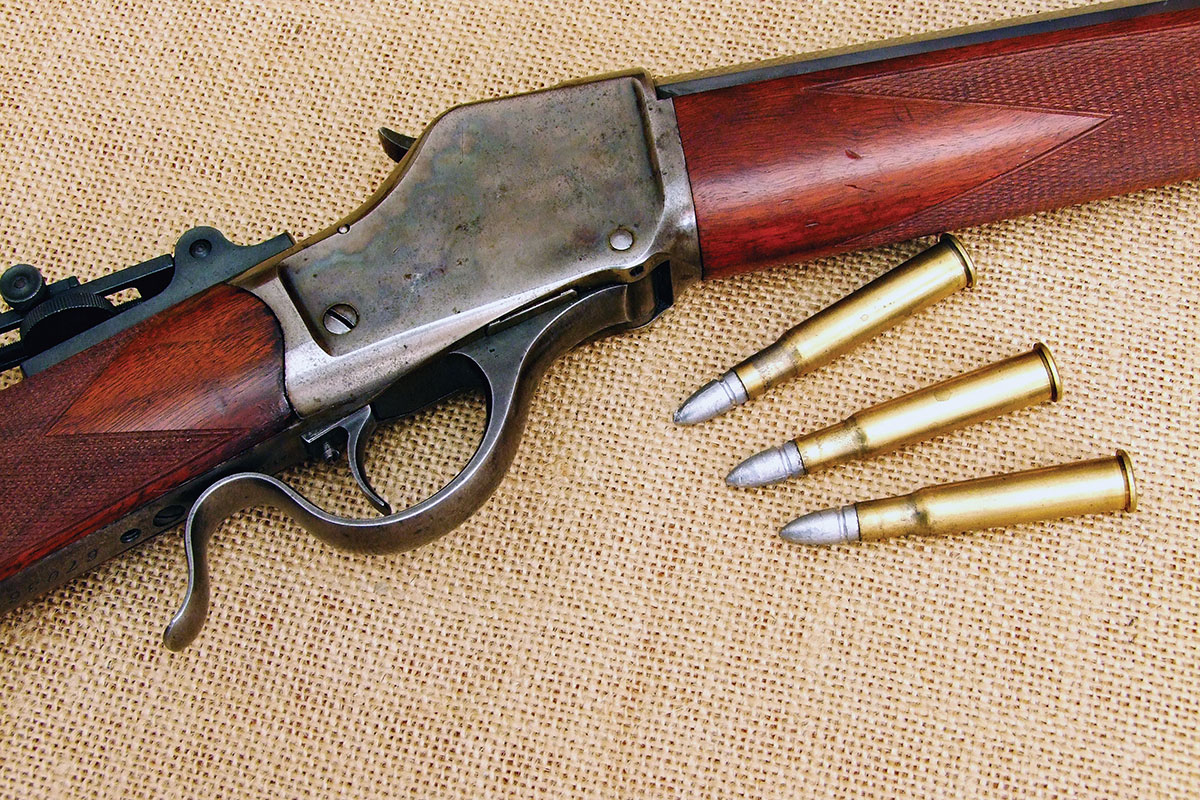
The rear tang sight is an anomaly, as there are no identifying marks on it, at least not on the outside. By all appearances, it is extremely well-made and finished, with screw adjustments for both windage and elevation along with the accompanying scales. The base was definitely made for the Winchester hole spacing as there is no evidence of modification in that area. I scoured all my sources for a similar sight, but to no avail. In some ways, it looks like a Winchester original midrange Vernier peep sight, but photos of originals do not show screw windage adjustment. In any event, it is a genuine asset to this rifle.
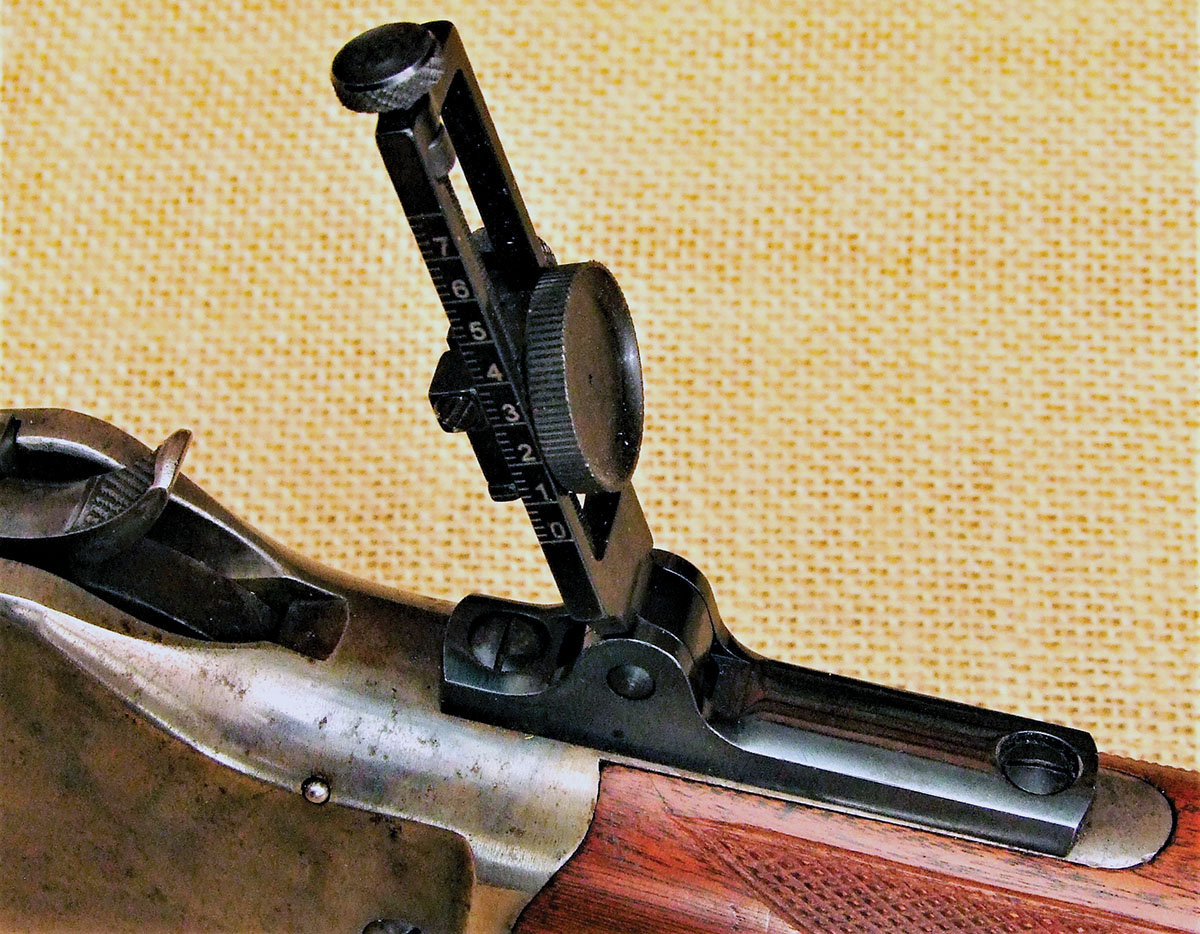
Every winter here in northwest Montana, we have offhand shooting matches at gong targets at 100 yards. There are generally two shoots a month from January through April, held on alternate Sunday afternoons. One of the monthly shoots is “military only,” with military rifles through 1949, which I believe includes up to the M14, but excludes the M16-style rifles like the AR15. I shoot a Swedish Mauser 6.5x55mm for these military matches and all rifles must have issue sights. The other shoot is for sporting rifles with two separate categories of rifles; those with scope sights and those without. There are many more of us shooting the latter category than in the scope category. This is probably because the majority of us are “old geezers,” preferring our old lever and single-shot rifles, all of which have either peep or open sights.
The subject of this essay is usually my “choice” rifle for the sporting rifle event, which at times I do very well with. Believe me, most of these old guys are very good offhand shots and the competition is stiff. Of all the old Winchester High Walls I have; this one is by far my favorite and I usually have it with me whenever I shoot my informal offhand gong matches in the local woods.


